The process of getting a car driver’s licence is pretty straight-forward. Sit a theory test meeting a certain passing percentage, then build skills with an instructor and/or parent/guardian for the following six months, until the driving abilities are enough to sit a restricted practical driving test. After that, a full licence can be achieved through another practical test.
Motorcycle licensing is a totally different story, however, for the obvious fact that not only is the nature of motorcycling inherently more challenging for the rider, having an accompanying observer is illegal for a learner-rider, as they can’t carry a pillion.
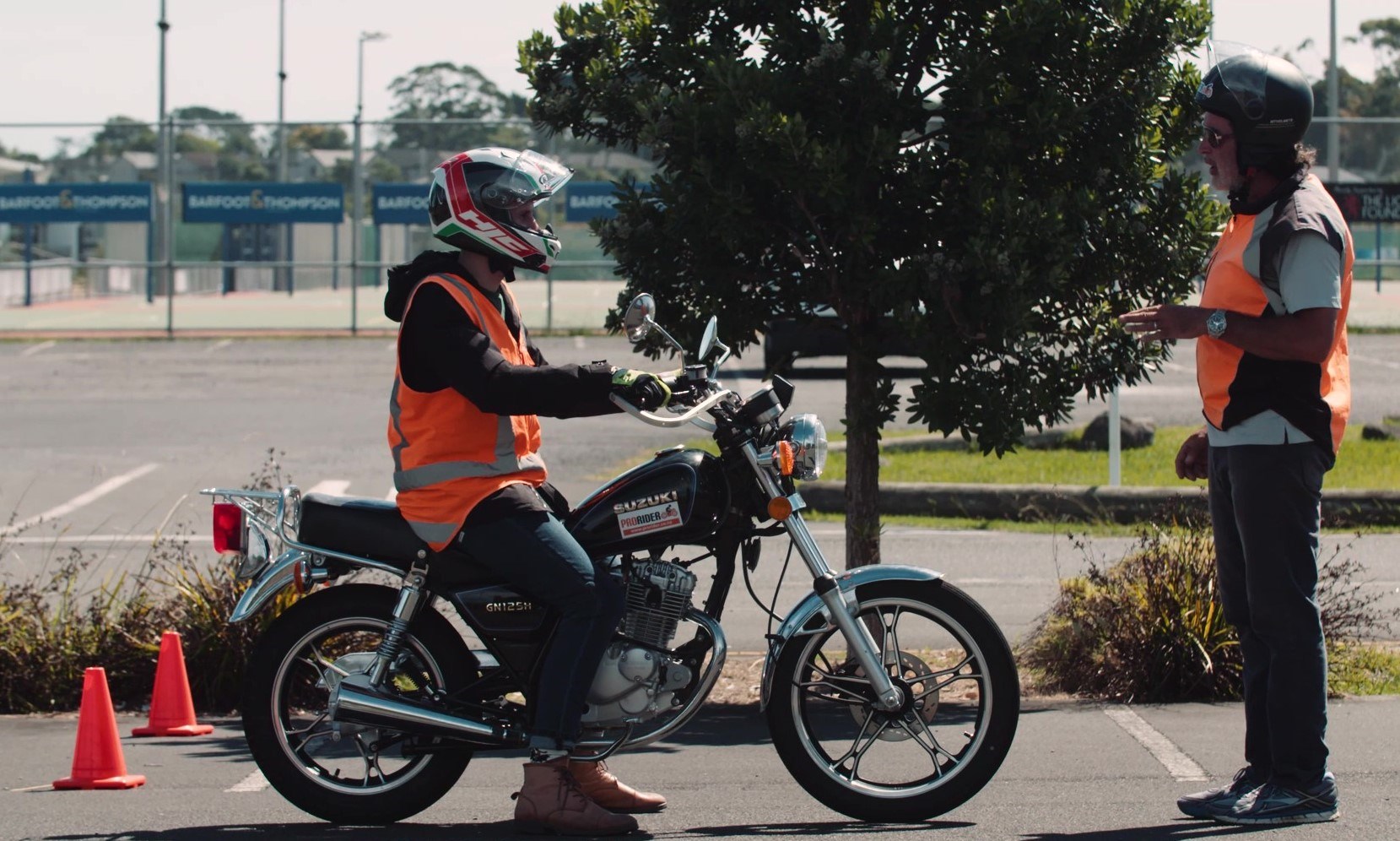
Therefore, to learn how to ride a motorcycle requires a different approach to the safe progression through the licensing process.
So having almost reached the ripe old age of 24 (on Easter Monday, thanks for the presents), and the desire to obtain my motorcycle licence, I set about researching and realising the process of obtaining my official NZTA motorcycle licence.
First stop is the Waka Kotahi NZ Transport Agency website. There, just three reasonably obvious clicks will land on the learner licence page, where there is all the basic need-to-know info about obtaining a motorcycle licence, including the minimum age of 16 years, and the steps and process involved. In essence, in order:
- Complete and pass a Basic Handling Skills test
- Pass a theory test
- Apply for learner licence
The website also offers valuable information such as a practice theory test, the official NZ road code for motorcyclists, and it outlines the basic conditions for learner riders, such as not riding between 10pm and 5am, not carrying pillion passengers, displaying an L-plate, only riding a Learner Approved Motorcycle Scheme (LAMS) bike.
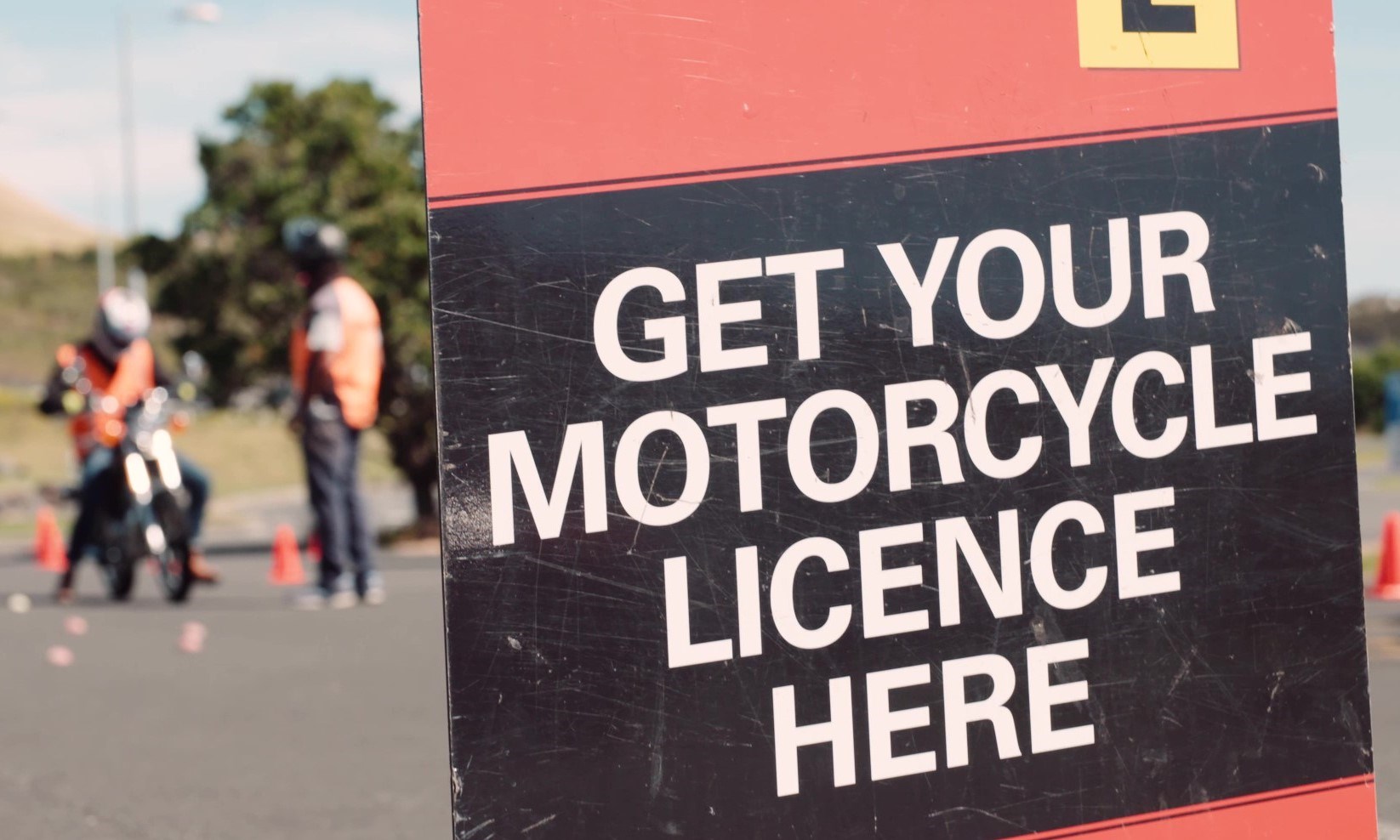
The site also has the requirements to progress from a learner licence to a restricted one, including minimum and maximum learner timeframes, with information on the Competency-Based Training and Assessment process, the fastest way to progress through the stages of a motorcycle licence today.
Unlike the car licence, the first step of getting a motorbike licence isn’t a knowledge test, but a practical assessment, called the Basic Handling Skills Test (BHST). It’s designed to ensure riders have the basic skills necessary to begin the licensing process, given riders need to possess a certain level of skill before riding on their own.
Most instructors who conduct the BHST will provide the bike and instruct you how to ride it to the level required to pass.
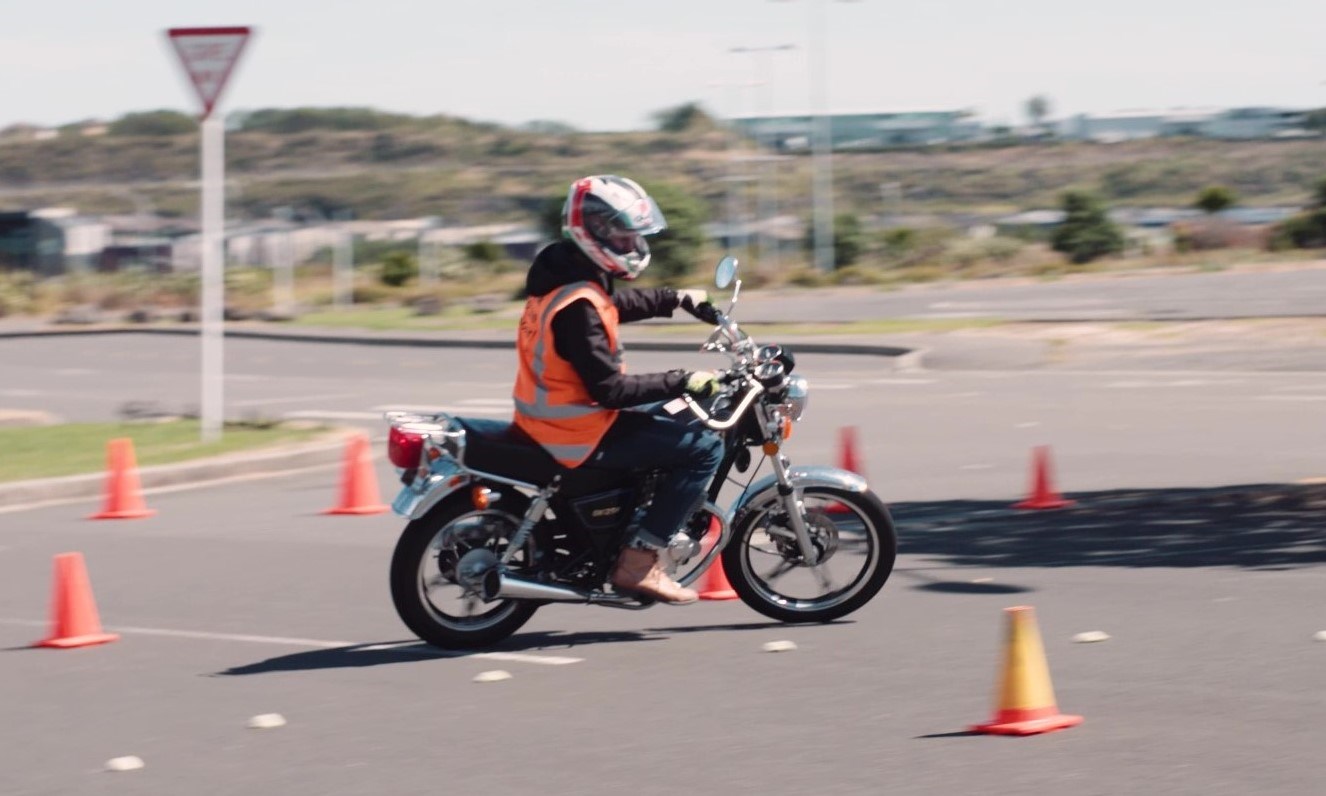
The second stop should be the Ride Forever motorcycle information website. Ride Forever is an ACC initiative, that helps riders improve their on-road skills.
There are courses for all levels of experience. According to Waka Kotahi, riders who complete a Ride Forever course are 27 per cent less likely to crash and submit a claim with ACC and also report getting more enjoyment and performance out of their bike. Courses are offered nationwide.
The Ride Forever motorcycle training companies also do licence testing, so through the Ride Forever website, I found a local company called Pro Rider, with two options catering to learner riders. The first caters to those with no experience and looks at basics such as clutch, brake and gear operation, while the second is useful for those already with a basic understanding.
With plenty of motorcycling experience riding bikes on a farm growing up, I naturally went for the more experienced course. Booked in a few weeks in advance, the course cost is $200, and in my case, held in a blocked off car park in Mt Wellington.
Given the inexperience of riders, all a participant needs to do for these BHST sessions is simply turn up in long pants, closed shoes and a jacket - a basic 125cc motorcycle, helmet and gloves are all provided for the day.
The day is broken into two parts: learning and testing. First, there’s a learning session (mine took 45 minutes), starting with learning how to ride the bike, then learning how to ride the bike in the manner expected to pass the BHST.
Then, the instructor examines each rider in the actual test component, where a rider is conducted through the various exercises, is assessed, and can pass or fail.
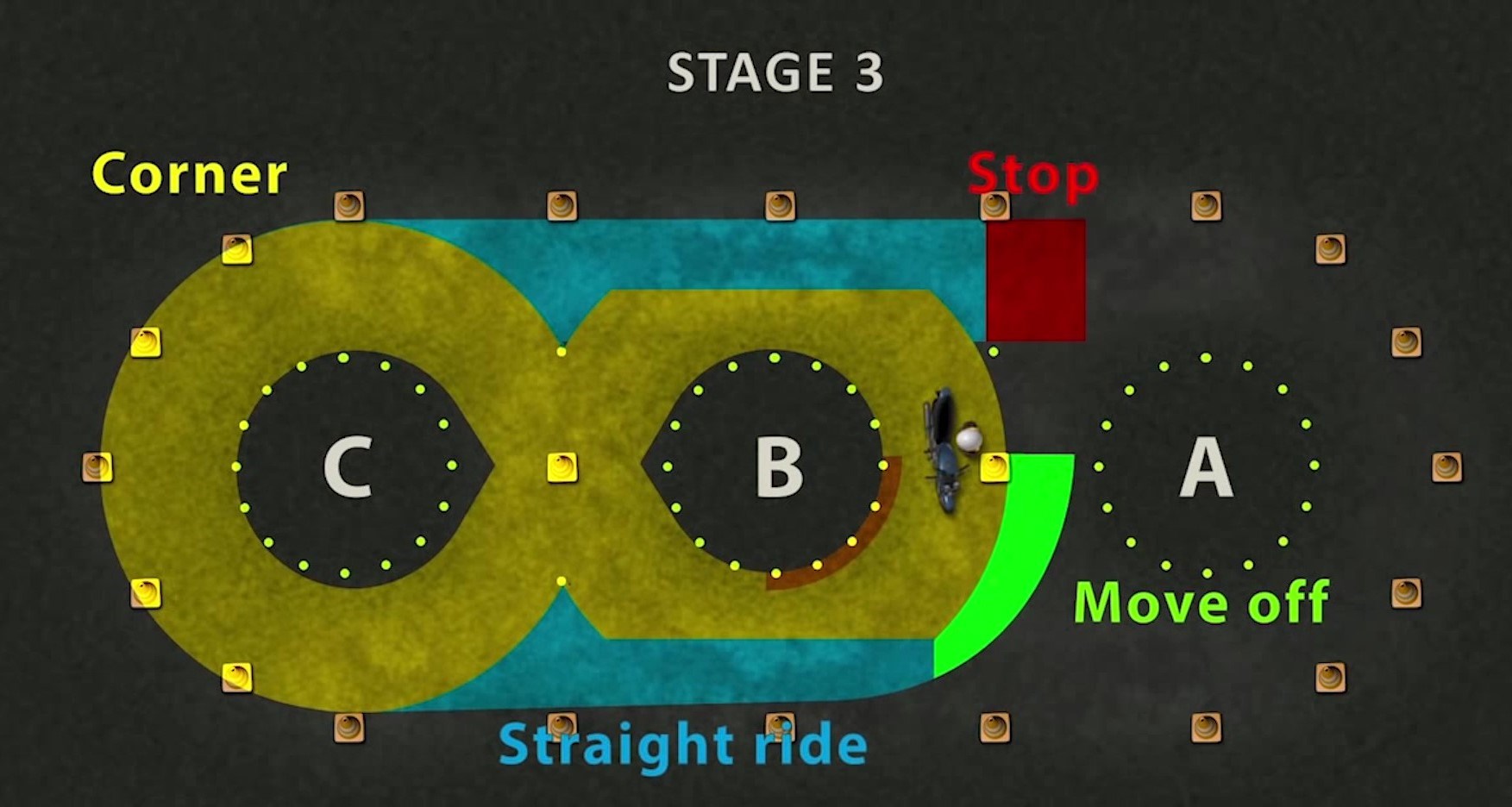
The test ride area is over a relatively small area, just 35m x 15m, in three separate circular areas with cones and tennis balls, and riders are tested over four stages around the course to prove competence, each designed to simulate a typical road scenario, while showing bike control, particularly at low speed, where it is naturally more difficult to balance and navigate.
Ranging from pulling out of a parked position while indicating, to a figure-of-eight to simulate cornering, and performing an emergency stop, every stage is valuable and the course teaches vision and head checks and basic skills for staying upright; and all done at 20km/h or less.
After a rider successfully demonstrates all the necessary skills to pass the BHST test, a passing grade is rewarded with a certificate which unlocks the ability to obtain a learner licence. You don’t have to be perfect, you’ll pass as long as you don’t exceed a certain number of errors.
Beyond that, the next step is to visit a driver licensing agent to book and take a theory test, such as an AA centre or VTNZ station. It is necessary for the rider to take the BHST certificate along with them when they book the theory test.
The learner licence theory test is a computer-based, 35-question, multi-choice test that assesses knowledge of road rules and safe driving practices. It contains general road code questions, and specialist questions related to the class you’re applying for, and applicants must score at least 32 correct to pass.
Everything needed to pass the test is in the official New Zealand Road Code, which can be bought at most bookstores and driver licensing agents, or available online. There are also a number of websites which will help you learn the things you need to get through the test.
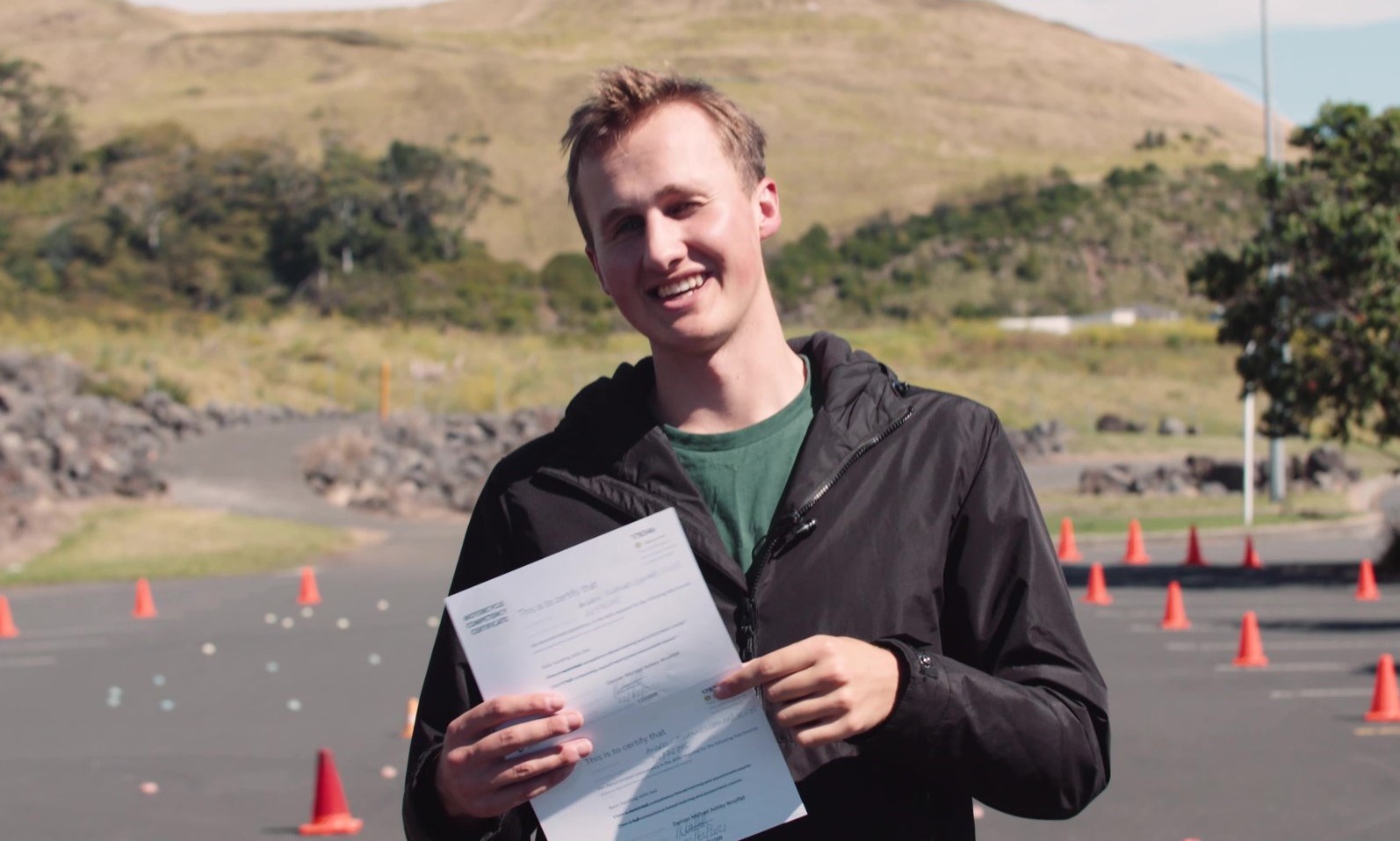
With a passing certificate, it’s time to take to the road as a learner motorcyclist - but the greatest part about Ride Forever, is that there are courses for all skills, and it’s a great idea to book in for a course like the Ride Forever Urban Commuter or Bronze courses. The Urban Commuter os a four-hour course, the Bronze is an eight-hour course. They both help build rider skills to build confidence and get more enjoyment out of their riding, and best of all they are heavily subsidised by ACC and cost just $20.
These course are a very cost-effective way to get the most out of every ride, including urban and open-road riding (Bronze only), and are arguably the best thing new riders can do as they hit the road and prepare for obtaining a restricted licence. Plus, they unlock other benefits such as WoF discounts and insurance benefits.
The best place to start the journey is to look at the Waka Kotahi NZ Transport Agency website and the Ride Forever website.
Contacts: www.nzta.govt.nz, www.rideforever.co.nz
Pro Rider provided the BHST free of charge for this story









